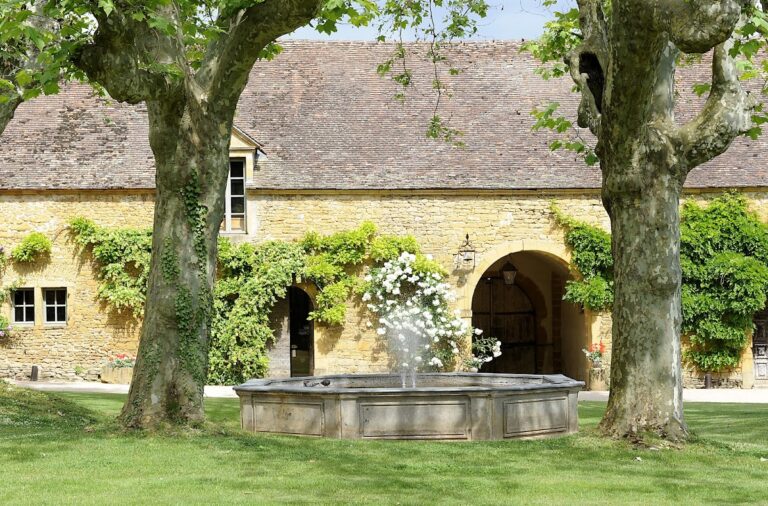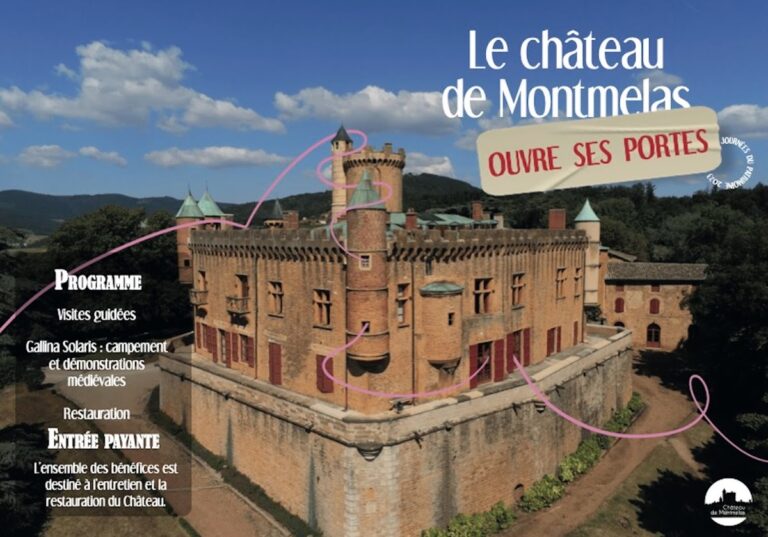Château de Ternand: A Medieval Fortress in Ternand, France
Visitor Information
Google Rating: 4.6
Popularity: Low
Google Maps: View on Google Maps
Country: France
Civilization: Unclassified
Remains: Military
History
The Château de Ternand is located in the municipality of Ternand in modern-day France. This medieval stronghold was originally built by the local feudal society in the 13th century and fell under the religious jurisdiction of the archbishops of Lyon.
Around the early 1200s, specifically circa 1210, Renaud de Forez, a regional noble associated with the archbishopric, undertook significant fortifications of the site. These efforts strengthened the fortress as a defensive post overlooking the surrounding landscape. The castle remained an important seat of power through the medieval period, benefiting from architectural adaptations during the 13th and later in the 16th century.
In the mid-16th century, the Château de Ternand faced a dramatic episode during the French Wars of Religion. In 1562, Huguenot forces led by the baron des Adrets attacked and destroyed the castle. Following this event, the ruling lordship shifted its residence to the Château de Ronzières, situated across the Azergues river but still within the commune of Ternand. This marked a significant change in the site’s role and utilization in the region’s feudal structure.
Remains
The site of Château de Ternand sits atop a promontory at an elevation of 326 meters, overlooking the valley of the Azergues river. The layout reveals typical medieval castle features, designed to take advantage of the natural high ground for defense and surveillance. The remains include portions of the chemin de ronde, a wall walk that enabled guards to patrol the ramparts and observe the nearby Tarare mountains.
One of the most prominent surviving elements is the vestige of the donjon, or keep, which originally was a towering structure measuring approximately 31 meters in height. Today, the remaining fragment stands at 17 meters, suggesting partial destruction but still maintaining a significant vertical presence in the ruins. The donjon was connected to the main body of the fortress by a drawbridge, a defensive arrangement that controlled access and protected the heart of the castle.
Within the castle’s lower courtyard, known as the basse-cour, there was a designated place of worship, indicating the integration of religious functions within the fortified complex. This space served the spiritual needs of the inhabitants and may have hosted daily prayers or small religious gatherings.
Currently, the site operates as a public garden, preserving the historic ruins and offering views that highlight the castle’s once commanding position over the Azergues valley northwest of Lyon. The surviving architectural features provide tangible evidence of the fortress’s medieval origins and its evolution through centuries of conflict and change.










